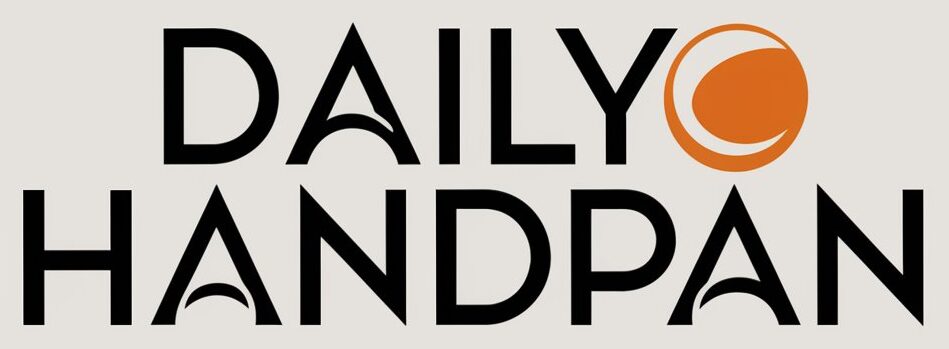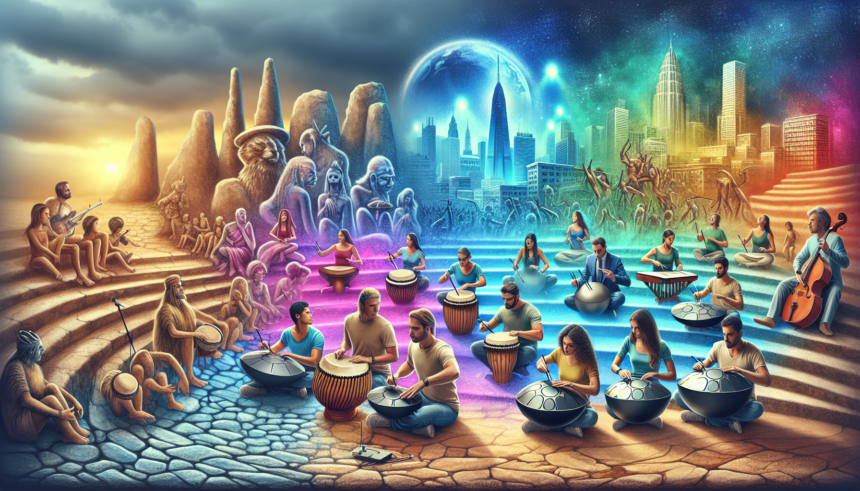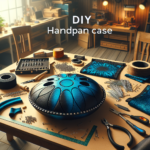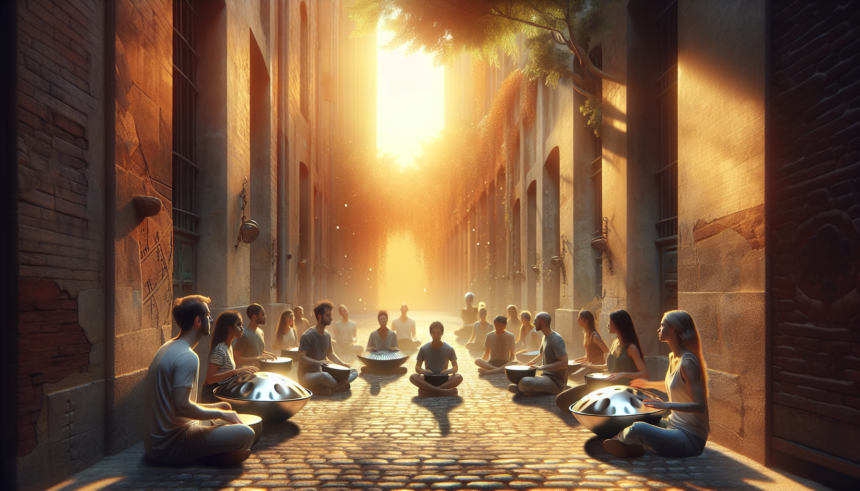Every year, music enthusiasts from around the world gather to celebrate the diverse and enchanting sounds of the Handpan and Didgeridoo Festival. A convergence of ancient and modern, this festival offers a unique blend of cultures, genres, and artistic expressions that resonate with audiences of all ages. This article delves into the history, significance, and evolution of this extraordinary festival, highlighting the fascinating instruments at its heart—the handpan and the didgeridoo.
History of the Festival
The Handpan and Didgeridoo Festival originated over two decades ago when a small group of musicians and cultural enthusiasts sought to create an event that would bridge the gap between traditional and contemporary music. The founders were inspired by the deep, resonant sounds of the didgeridoo, an ancient wind instrument of Indigenous Australians, and the ethereal, melodic tones of the handpan, a relatively new instrument that emerged in the early 21st century. The inaugural festival was a modest gathering but quickly gained popularity due to its unique musical offerings and inclusive atmosphere.
The Handpan: A Modern Marvel
The handpan, also known as the Hang Drum, was first created in Switzerland in 2000 by Felix Rohner and Sabina Schärer. Its distinctive UFO-like shape and captivating sound have made it a favorite among musicians and listeners alike. The instrument is played with the hands and fingers, producing a wide range of tones and harmonics that create an almost meditative listening experience. Over the years, various handpan makers have innovated and developed new designs, contributing to the instrument’s growing popularity worldwide.
At the Handpan and Didgeridoo Festival, handpan players from different parts of the globe showcase their talents, techniques, and compositions. Workshops and masterclasses offer festival-goers the opportunity to learn about the instrument’s history, crafting process, and playing styles. This segment of the festival not only highlights the handpan’s modern appeal but also emphasizes the importance of preserving and sharing musical knowledge across generations.
The Didgeridoo: An Ancient Resonance
The didgeridoo is one of the oldest wind instruments in the world, with a history dating back thousands of years. Traditionally made from eucalyptus trees hollowed out by termites, this instrument holds immense cultural and spiritual significance for Indigenous Australians. Its deep, earthy drone and rhythmic pulses have captivated audiences for centuries and continue to be a powerful medium for storytelling and cultural expression.
During the festival, didgeridoo performances are a testament to the instrument’s rich heritage and versatility. Indigenous artists and didgeridoo masters share traditional and contemporary pieces, often incorporating elements of nature, spirituality, and community into their performances. Additionally, cultural workshops provide insights into the instrument’s origins, crafting techniques, and playing methods, fostering a greater appreciation for its cultural importance.
A Fusion of Sounds and Cultures
One of the defining features of the Handpan and Didgeridoo Festival is the seamless fusion of sounds and cultures. The event serves as a melting pot where artists and audiences from diverse backgrounds come together to explore new musical landscapes and create shared experiences. Collaborations between handpan players and didgeridoo performers are a festival highlight, resulting in mesmerizing compositions that push the boundaries of conventional music genres.
These collaborative performances often incorporate other instruments and artistic disciplines, such as percussion, dance, and visual arts, creating a multi-sensory experience for attendees. By blending traditional sounds with contemporary influences, the festival fosters a spirit of innovation and cultural exchange that resonates with the modern audience.
Educational Initiatives
In addition to its vibrant performances, the Handpan and Didgeridoo Festival is committed to education and outreach. A variety of workshops, lectures, and interactive sessions are designed to engage attendees of all ages and skill levels. These educational initiatives aim to nurture a deeper understanding of the instruments, their cultural contexts, and their potential for creative expression.
Workshops on handpan playing techniques, didgeridoo crafting, and cultural storytelling are particularly popular, offering hands-on experiences and one-on-one instruction from skilled musicians and artisans. Additionally, educational booths and exhibits provide valuable resources on music theory, instrument maintenance, and the history of the festival’s featured instruments.
The Community Experience
Beyond the music and education, the Handpan and Didgeridoo Festival is a celebration of community and connection. The festival grounds are designed to encourage interaction, with communal spaces for jam sessions, open mics, and spontaneous performances. Attendees can connect with like-minded individuals, share their musical journeys, and form lasting friendships.
The sense of community is further reinforced through various activities and events, such as group meditations, yoga sessions, and nature walks, which complement the festival’s serene and harmonious atmosphere. Local vendors and artisans also contribute to the festival’s vibrant marketplace, offering handmade instruments, crafts, and organic food, enhancing the overall festival experience.
Looking Ahead
As the Handpan and Didgeridoo Festival continues to grow and evolve, it remains dedicated to its founding principles of cultural appreciation, artistic innovation, and community building. Future iterations of the festival aim to expand its reach by incorporating more international artists and exploring new musical genres and collaborations.
Moreover, the festival organizers are committed to sustainability and environmental stewardship, ensuring that the event has a minimal ecological footprint. Initiatives such as waste reduction, recycling programs, and the use of eco-friendly materials and practices are integral to the festival’s mission.
Conclusion
The Handpan and Didgeridoo Festival is a testament to the enduring power of music to bridge cultures, create connections, and inspire creativity. By celebrating the ancient resonance of the didgeridoo and the modern allure of the handpan, the festival offers a unique and enriching experience for all who attend. As it continues to grow and evolve, the festival promises to be a beacon of cultural diversity, artistic exploration, and communal harmony for years to come.
FAQs
1. What is the Handpan and Didgeridoo Festival?
The Handpan and Didgeridoo Festival is an annual event that celebrates the unique sounds and cultural significance of the handpan and didgeridoo. The festival features performances, workshops, and educational sessions, bringing together artists and audiences from around the world.
2. Where is the festival held?
The location of the Handpan and Didgeridoo Festival varies each year to accommodate different regions and communities. Updated information about the festival’s location can be found on the official festival website and social media channels.
3. Can beginners participate in the workshops?
Yes! The festival offers workshops and masterclasses for participants of all skill levels, including beginners. These sessions are designed to provide hands-on learning experiences and valuable insights into playing techniques, instrument crafting, and cultural contexts.
4. Are there opportunities to perform at the festival?
Absolutely. The festival includes open mic sessions, jam spaces, and other opportunities for musicians of all levels to showcase their talents. Interested participants are encouraged to sign up in advance through the festival’s official channels.
5. How can I stay informed about future festivals?
To stay updated on future Handpan and Didgeridoo Festivals, you can subscribe to the festival’s newsletter, follow their social media pages, and regularly check the official festival website for announcements and updates.





